Karnataka’s Kammasandra wildlife sanctuary is an idyllic vacation for those who want to enjoy the outdoors and wildlife. This wildlife sanctuary is inhabited by a wide range of flora and wildlife, such as elephants, deer, and a number of bird species, and its area spans over diverse terrain. The sanctuary is an excellent spot for anyone who wants to spend time close to the natural world and observe animals in their natural setting thanks to its soothing surroundings and wide range of species.
Kammasandra Wildlife Sanctuary Location
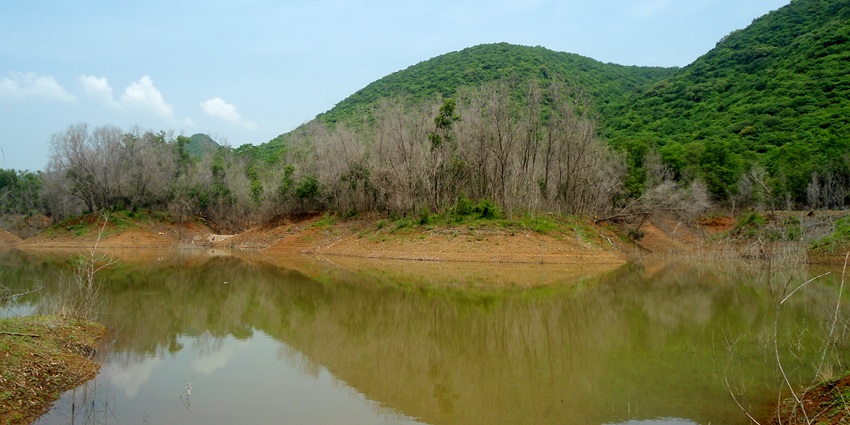
Photo: Adityamadhav83 / Wikimedia Commons
Kammasandra Wildlife Sanctuary address is in the Kolar district of Karnataka, around 30 km away from Kolar, Kammasandra wildlife sanctuary serves as a convenient break from the city. The nearest city, Bengaluru, is around 20 km away from the sanctuary, facilitating transportation by car and rail. It’s approximately 250 km away for those traveling from Mysore, providing for a picturesque drive across the countryside.
Suggested Read: Top Places To Visit In Kolar For The Ultimate Cultural Dive
How To Reach Kammasandra Wildlife Sanctuary
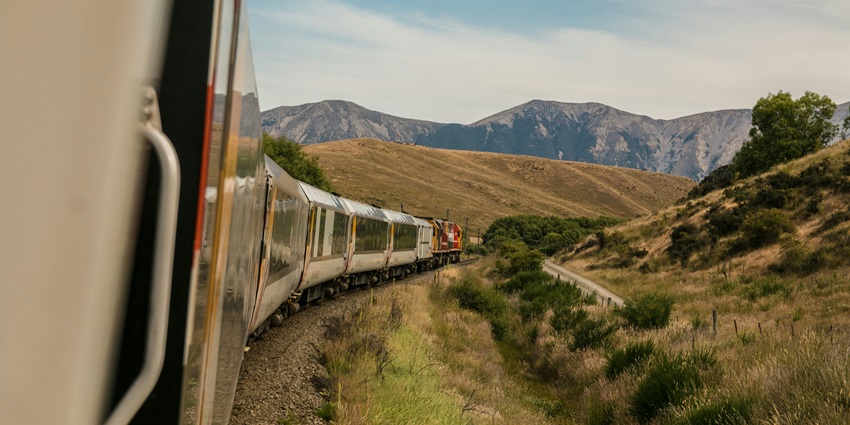
Photo: Josh Nezon / Unsplash / Image For Representation Only
By Road: Road access to Kammasandra wildlife sanctuary is excellent. The distance is roughly 20 kilometers, and the travel via NH 48 takes about 45 minutes from Bengaluru.
By Rail: Kolar Railway Station, which is roughly 30 kilometers away, is the nearest train station. It usually takes about an hour to get to the sanctuary from the station by local bus or cab.
By Air: About 23 kilometers from the sanctuary is Kempegowda International Airport in Bengaluru, which is the nearest airport. To get to the sanctuary from the airport, you can take a bus or hire a cab.
Places To Visit Near Kammasandra Wildlife Sanctuary
When tourists travel to Kammasandra wildlife sanctuary, they also pay a visit to these famous places nearby. This adds an unforgettable experience to the entire trip.
1. Antaragange
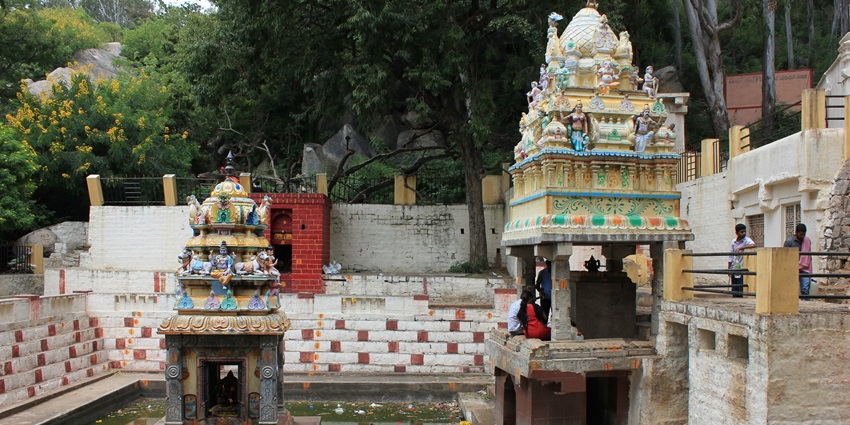
Photo: Dineshkannambadi / Wikimedia Commons
In the Kolar district is Antara Gange, a breathtaking natural and spiritual destination. The area is well-known for its ancient temple honoring Lord Shiva, which is surrounded by verdant, hilly terrain. The network of caves in Antara Gange is the main attraction for trekkers and those seeking adventure. Antara Gange is a perfect blend of adventure and spirituality, offering visitors a chance to explore amazing caves, climb across the difficult terrain, and take in the peaceful ambiance.
Distance: About 35 km from the sanctuary
Suggested Read: Top Places To Visit In Karnataka For A Soulful Holiday
2. Kolar Gold Fields (KGF)
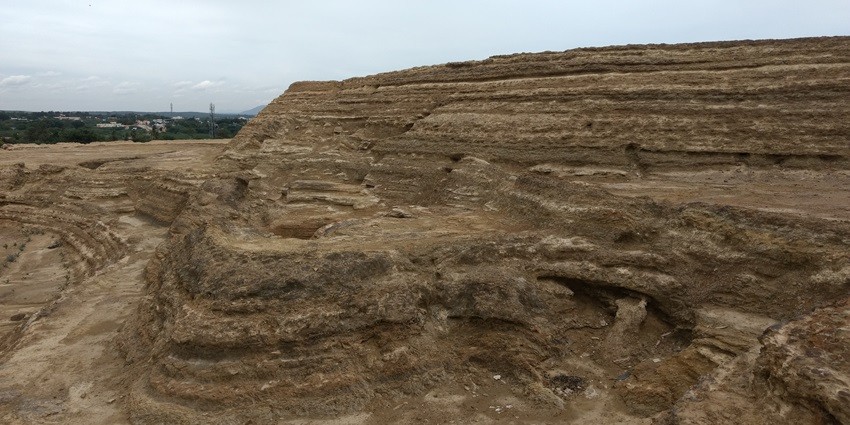
Photo: Shyamal / Wikimedia Commons
One of the world’s deepest and most productive gold mines, Kolar Gold Fields (KGF) is a historical mining region. Even though the gold mines are no longer in use, tourists are nevertheless drawn to the site because of its rich colonial legacy. Visit the bungalows from the British era, investigate the ruins of the mining infrastructure, and learn about the fascinating stories of the people who worked and lived in this once-bustling gold mining town.
Distance: Approximately 30 kilometers from the sanctuary
3. Kotilingeshwara Temple

Photo: Tavamani M / Wikimedia Commons
Situated in the Kolar district, Kotilingeshwara Temple is a well-known pilgrimage location that is well-known for being home to one of the tallest Shiva lingams in the world, measuring nearly 108 feet in height. An estimated 9 million smaller lingams, each placed one by one all through the years by devotees, encircle this enormous lingam. The religious significance and calm environment of the temple attract millions of pilgrims and travelers each year.
Distance: Around 300 m from the sanctuary
Timing: 7 AM – 9:30 PM
Suggested Read: Things To Do In Karnataka
4. Someshwara Temple, Kolar
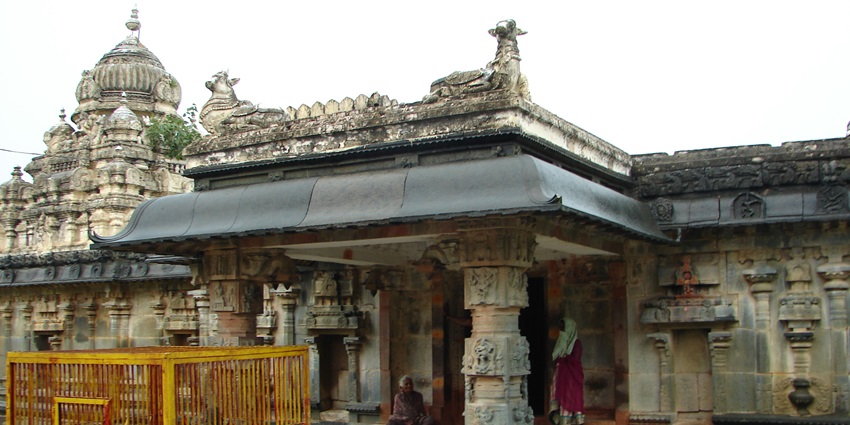
Photo: Dineshkannambadi / Wikimedia Commons
One of Kolar’s best reminders of Vijayanagara architecture is the Someshwara Temple Kammasandra. This historic temple, which honors Lord Shiva, is decorated with complex carvings and striking stone pillars that demonstrate the skilled craftsmanship of the time. The temple is an attraction for both history buffs and devotees because of its peaceful ambiance as well as its religious and historical significance. The annual celebrations held here, particularly on Maha Shivaratri, attract large crowds, contributing to the lively cultural atmosphere of the temple.
Distance: Approximately 30 km from the sanctuary
Timing: 7 AM – 1:30 PM, 5 PM – 8 PM
Where To Stay

Photo: Vojtech Bruzek / Unsplash / Image For Representation Only
There are options for accommodation in the neighboring cities of Kolar and Bangarapet for tourists who are visiting Kammasandra wildlife sanctuary in the Kolar district. About 30 kilometers distant, Kolar has plenty of accommodations, including guesthouses, economical hotels, and more luxurious resorts. The nearby city of Bangarapet, which is approximately 17 km from the sanctuary.
Suggested Read: Things To Do In Bangalore
Where To Eat
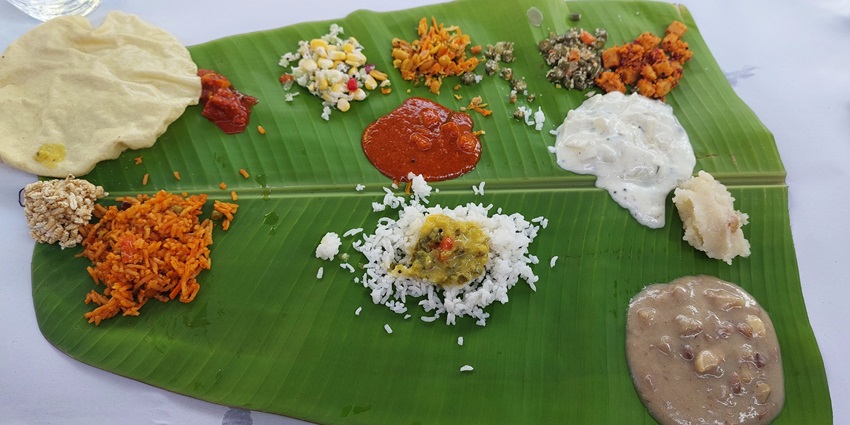
Photo: Kalesh / Wikimedia Commons
There are limited but good dinner alternatives in the Kolar district near the sanctuary. Many local eateries serving authentic South Indian food can be found in the nearby town of Kolar, which is about 30 kilometers away. Well-known establishments like Sri Krishna Bhavan and Mangala Bhavan are among the best restaurants in town. Bangarapet, which is only 17 km away from the sanctuary, has various alternatives as well.
Best Time To Visit Kammasandra Wildlife Sanctuary
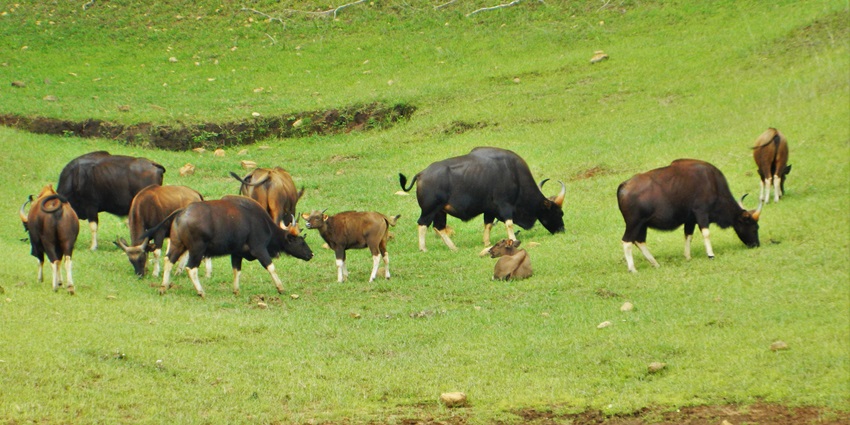
Photo: Anand2202 / Wikimedia Commons / Image For Representation Only
The months of October through March are the best months to visit Kammasandra wildlife sanctuary because of the chilly weather and higher probability of seeing wildlife. The environment of the sanctuary is rich and colorful during this time of year. While the rainy season (July to September) delivers intense rainfall that may make some regions impossible to access but some hikers prefer to visit the place during the end of the rainy season as it adds to the difficulty of the trek, the warmer months can be quite hot and reduce the chances of spotting animals in the sanctuary.
Suggested Read: Wildlife Sanctuaries In Karnataka To Explore Exotic Wildlife
Other Things To Consider

Photo: Monique Laats / Pexels / Image For Representation Only
Average Cost Of The Trip
The average cost of the trip to Kammasandra Wildlife Sanctuary ranges from ₹2,500 to ₹6,000 per person. This estimate includes transportation, meals, and any adventure activities, depending on your preferences.
Tips For The Travellers
- Bring packed food and water, as dining options near the sanctuary are limited.
- Do not throw trash in the sanctuary premises; use designated bins
- Stick to the marked trails and avoid disturbing wildlife.
- Check Kammasandra wildlife sanctuary timing before visiting.
With its rich ecosystem and peaceful surroundings, Kammasandra Wildlife Sanctuary offers a relaxing haven amid the great environment. The sanctuary offers a unique trip that blends the thrill of seeing wildlife with the beauty of the natural world, or simply seeking a quiet place for a break. It’s quite close to Bengaluru making it a convenient weekend or day trip destination, offering an enjoyable break from its daily stress. Book your trip with TripXL to explore the rich biodiversity of Karnataka.
Cover Photo: Frida Lannerström / Unsplash / Image For Representation Only


 WhatsApp
WhatsApp
 Twitter
Twitter









